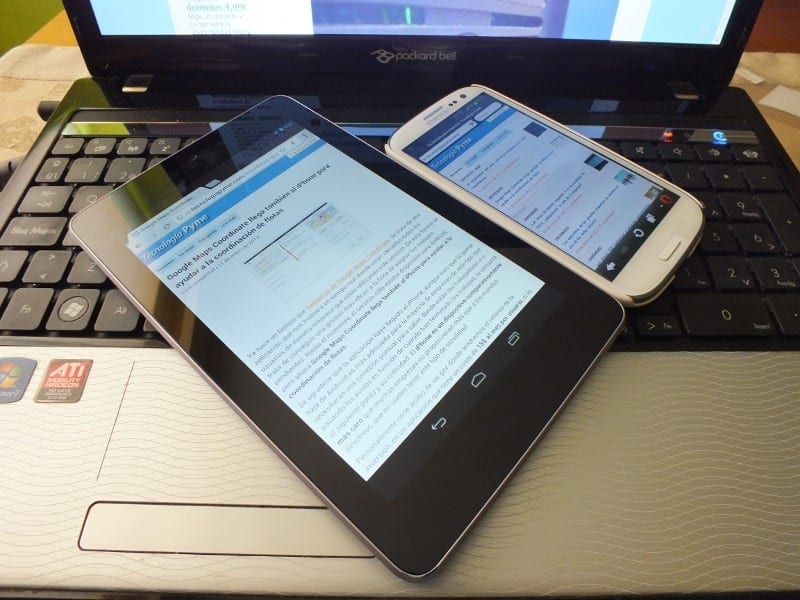5 Signs That You’re Losing Your Grip on Your Employees
Managing your employees can be a tough job. It’s not something that can be taught and each employee you have is a different case. Some employees might be motivated by gifts and promises of a promotion, and other employees are motivated when you criticise their work and tell them bluntly that they aren’t meeting your standards. However, there are times when our lack of care for each employee can lead to them slipping from our business, and their loyalty might slowly be fading because of it.
Photo courtesy of Pexels
Monitoring employees isn’t easy, but with the help of some software solutions, social interaction and showing genuine compassion for your workers, you can keep them from slipping away and joining a rival business and leaving you.
Do your employees show less enthusiasm?
If it feels like your employees are showing less and less enthusiasm about their jobs, then it’s a sign that the work is either far too easy for them or they are losing the motivation to work for you. One of the best ways to reinvigorate that enthusiasm is to give them a challenge. Stimulate their minds so they are more productive and prepare some more difficult work or a task that will define an outcome for the business. For example, give your marketing team some funds to host a marketing campaign or promotion, or ask your tech team with upgrading the office computers and give them a budget.
Photo courtesy of Pexels
Do your employees argue with each other?
If you feel like your employees argue with each other on a regular basis, then it’s worth monitoring them and trying to settle disputes. When employees argue with each other and no senior member of staff steps in to intervene, it can feel like their boss doesn’t care if they are at each other’s throats. You can strengthen your team with performance management services, or take them to team-building events and activity days. Your team is a vital part of your business’s success, so remember to strengthen that bond.
Do your employees look stressed out?
You should never give too much work to your employees and overwork them. A loyal employee will gladly take overtime for the extra money and the chance to help out the business they work for, but you should never abuse this kindness because overtime is additional work that they don’t have to engage in. If you start to force your employees to do overtime, then back off and give them some room. Don’t ever be a boss that pushes extra work on people, give your employees some space or else they’ll get fed up and leave.
Photo courtesy of Pexels
Do your employees call in with problems more often?
This can often be a sign of discontent with your workplace, staff members, the job or a combination of all three. While your employees are entitled to sick dates and taking breaks now and then, it should never feel like they don’t have time to work for your business or that they’re intentionally skipping dates. This might also be the sign of a lazy employee, but if they used to work hard and put in extra time, it could just be a sign that they’re growing tired of working for you. The best way to prevent this is to keep your employees motivated and make them feel like they’re part of a team that appreciates them.






 Photo courtesy of
Photo courtesy of _office_furniture.png) Photo courtesy of
Photo courtesy of  Photo courtesy of
Photo courtesy of  Photo courtesy of
Photo courtesy of 

 Lisa Hufford is the founder and CEO of Simplicity Consulting, a talent solutions company named to the Inc. 5000 list for five years running as one of the fastest-growing private companies in America. Inc. also named Lisa one of the top 10 female entrepreneurs, and she has been chosen as an Ernst & Young Entrepreneurial Winning Woman. She is the author of the book
Lisa Hufford is the founder and CEO of Simplicity Consulting, a talent solutions company named to the Inc. 5000 list for five years running as one of the fastest-growing private companies in America. Inc. also named Lisa one of the top 10 female entrepreneurs, and she has been chosen as an Ernst & Young Entrepreneurial Winning Woman. She is the author of the book